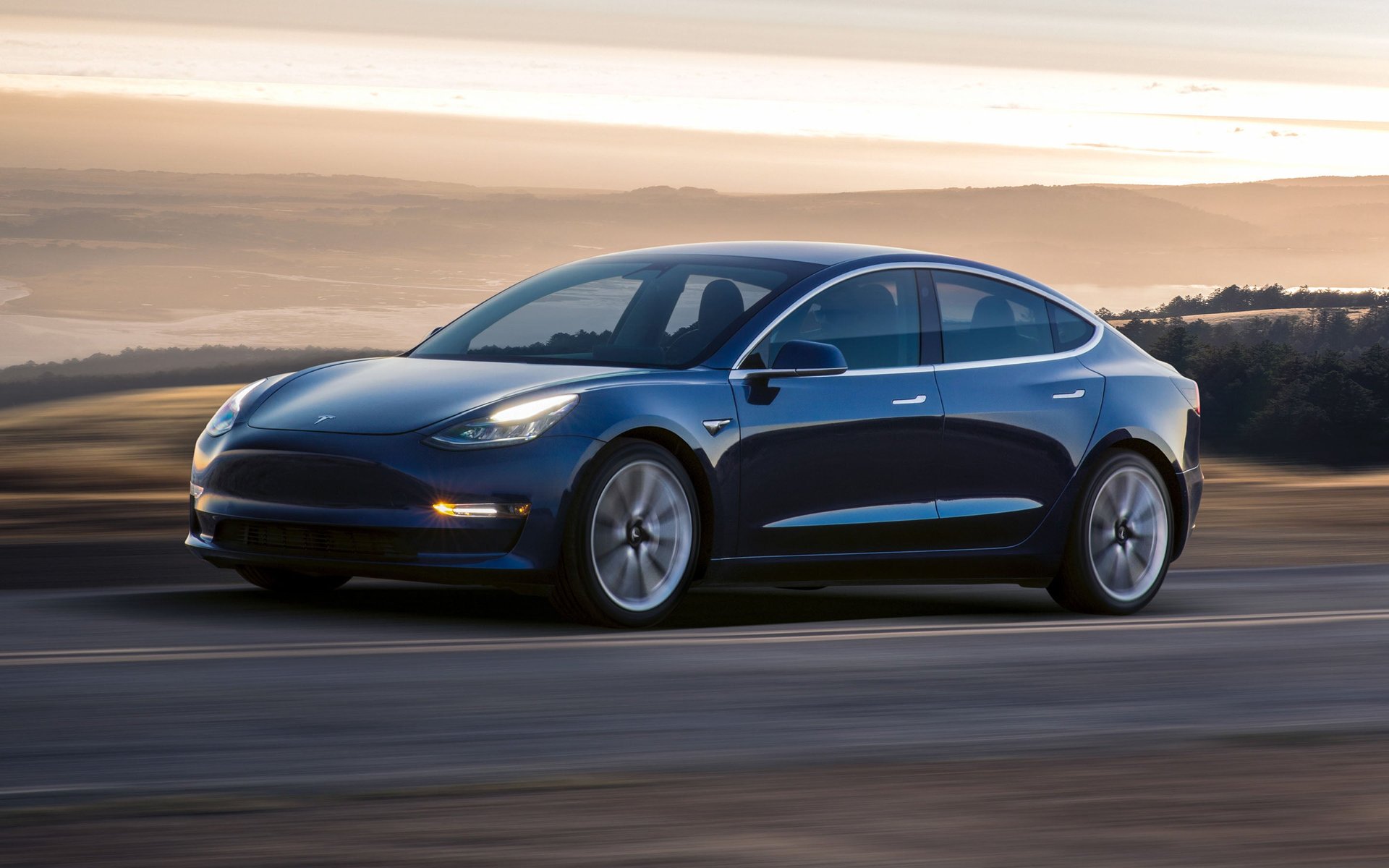Tesla shrunk the battery to start selling its promised $35,000 Model 3 (kinda)
Tesla is finally producing a $35,000 Model 3—if you include a $7,500 federal tax incentive and state rebates in California. If you’re calculating the true cost of ownership including gas savings, Tesla calculates, the final price is closer to $31,000. But the sticker price? That’s still $45,000. You’ll have to wait until 2019 for the $35,000 one.


Tesla is finally producing a $35,000 Model 3—if you include a $7,500 federal tax incentive and state rebates in California. If you’re calculating the true cost of ownership including gas savings, Tesla calculates, the final price is closer to $31,000. But the sticker price? That’s still $45,000. You’ll have to wait until 2019 for the $35,000 one.
The new math, and lower price, will no doubt please those on Tesla’s waitlist for the last two years as the carmaker ramps up production of the Model 3. Most of the cars sold to date have been priced around $60,000 as the company seeks to turn a profit this year.
While the Oct. 18 announcement isn’t the $35,000 base price Musk promised, the new car is a good deal cheaper—mostly because of a smaller battery. An electric car’s lithium-ion battery cells are the most expensive part of the vehicle. Musk said the new battery with 260-mile range, rather than 310 miles for standard batteries, has a “disproportionate” amount of empty space. Musk said that allowed Tesla to start selling a cheaper Model 3 now rather than waiting until February. Orders are expected to arrive in six to eight weeks.
The electric carmaker’s fortunes are riding on the Model 3. After selling the successful Model S luxury sedan and Model X SUV, Tesla has sought to join the ranks of the world’s major carmakers selling millions of cars per year. Its first attempt to produce a car in such large numbers has not gone smoothly. Dysfunctional assembly lines, early quality control issues and a lack of manufacturing capacity turned Tesla’s growing pains into existential threats. After switching on its newest assembly line (flown in at great expense from Germany), its production capacity has steadily increased. It produced a record 53,239 Model 3s last quarter, and 80,142 vehicles overall, about 50% more than its previous high set the prior quarter, according to the company
Automobile experts who have disassembled the Model 3 have come away impressed. Auto manufacturing analyst Sandy Munro said Tesla’s new car contains some of the most advanced technology in any automobile. The motor’s unique design means it may cost 10% less than competitors, and its battery and electric systems, in particular, are ahead of its rivals. Tesla managed to cram 50% more energy into battery packs that are 20% smaller.
But its manufacturing processes? Not so much. The new assembly line at Tesla’s factory in Fremont, housed under a semi-permanent tent, is an awkward marriage of automation and manpower. Certain components are complex arrangements of welds, rivets and metal pieces rather than simpler, more affordable designs. Munro argued elements of the chassis are heavy and over-engineered. But he heaped praise on the car, saying Tesla could achieve margins of 29% based on the materials (before counting research, labor, and logistics), but it needs to streamline its manufacturing. “If that car was made anywhere else, and Elon wasn’t part of the manufacturing process, they would make a lot of money,” Munro told Bloomberg. “They’re just learning all the old mistakes everyone else made years ago.”